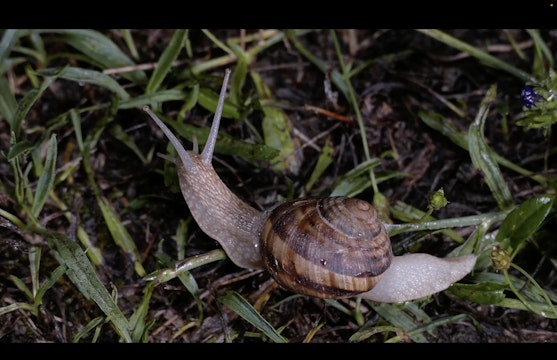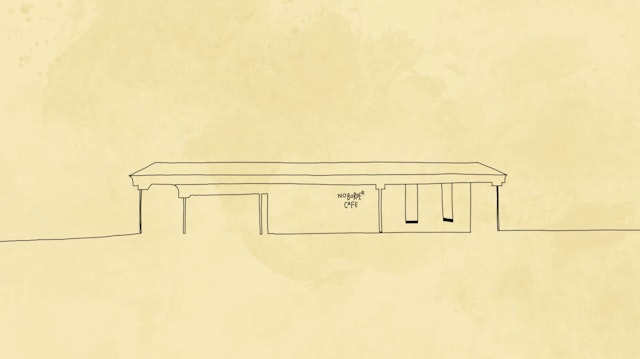We have never been individuals.
"We Have Never Been Individuals" (David Griffiths)
"We Have Never Been Individuals" (David Griffiths)
Without even needing to go into a garden and gaze at the ground, we can already observe relationships of interdependence by gazing at our own navels.
We humans are hosts. We shelter a heap of living entities within us. All the micro organisms that live on and in the human body are known as our “microbiome”. Our intestinal tract is our very own teeming, vibrant, changing and noisy garden inside us. A collection of non-lethal bacteria, viruses, parasites and fungi constitute our “gut flora”. The term “borborygmus” refers to the rumbling, growling or gurgling noise produced by movement of the contents of the gastrointestinal tract.
We are studying our bodies as territories. We wanted to listen to what our stomachs had to say; what moves us and what enables us to exist. In a moment of care, contact, and shared intimacy, we lay down on the ground, placing our bodies diagonally to our partner’s, and placing our head on their belly. A choreographic sculpture that becomes a braid made of offerings and listeners, in reference to the dancer-choreographer Mathilde Monfreux’s “relational pastries” (“pâtisseries relationnelles”) from her project Caring Banquise.
The process we’re studying here is called symbiosis. Theorized by the American evolutionary biologist Lynn Margulis, it denotes long-term partnerships between one or more different organisms. It is what one might call a co-existence between distinct creatures.
According to the philosopher and dancer Emma Bigé, this prolonged contact - “the intimacy of strangers” - represents “not simply two fully-constituted beings who come into contact with one another, but beings constituted by their coming-into-contact itself. The advantage of symbiosis? You and I exist.”
By familiarizing ourselves with our strangers - listening to our borborygmus - we realize once again that we are composite - that we are not alone.




